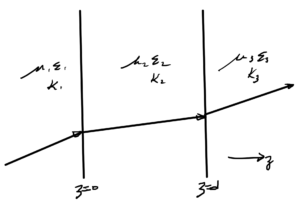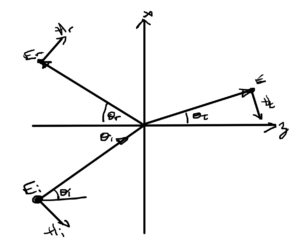I saw an article on facebook about some recent idiocy at Queen’s university.

The idiocy isn’t what is being dubbed a racist party, but the fact that a costume party is dubbed racist.
A comment on this (Leon) that I thought summed things up nicely was:
“It is people who criticize a bunch of kids dressing as racists who make incidents of real racism greatly diminished.”
There is an alarming trend of perverting language in the political correct circles that is mystifying
- A kiss without a contract, triple signed and witnessed, is now being called rape, or it’s seeming legal equivalent “sexual assault”. There are concent posters all over UofT that outline the legalistic contracting required for sexuality in this PC age. I was too inhibited when I was an undergrad to have had much sexual activity, but I’m glad that I’m not an undergrad now subject to the current guidelines. It’s definitely not okay to take advantage of somebody who is drunk, but this has been flipped on its head. Sex after consentual codrunkenness now appears to be sexual assult in some places.
- Failing to use the “correct” gendered pronoun is now “hate speech”, and is perceived as, or at least mislabelled as, explicit violence. I’m a firm believer that people should have complete freedom to engage in hate speech or discrimination of any sort. Let people dig themselves their own social graves instead of trying to legislate speech.
- Costume parties, even at halloween, are now being mislabelled racist. Attempting to point that out at some PC universities resulted in so much PC backlash that resignations followed.
I keep hearing about instance after instance of such events. It seems like most of the people who are pushing the political correctness agenda really desperately need dictionaries. Just because you can label two things as identical, doesn’t mean that they are. A perfect example of this is the use of “sexual assault” now instead of rape. The two are now identified as identical, even though sexual assault is a much broader term that includes groping.
There was lots in the recent US election media circus about how Trump’s bragging of pussy grabbing and aggressive kissing, acts that were facilitated by stardom. One of the debate moderators explicitly called that sexual assault. I don’t like the phrase sexual assault, because it is ambiguous, and has connotations of rape, while not necessarily being rape. It seems to be a phrase designed to have the emotional impact of rape, while being something lesser.
Whether or not that Trump was bragging about sexual assault is probably dependent on state law. Ambiguous language identifies unequal events with the same weight, and seems to be a characteristic of political correct speech and activism. For example, calling pussy grabbing rape would be an obvious example of the misuse of language. That’s why PC correct speech uses sexual assault instead. A side effect of such PC correct speech is that actual rape, a horribly abusive event, is trivialized. The irony in the Trump case was that the media could have focused on actual rape. For example, Trump and his pedophile buddy Jeffrey Epstein, are codefendents in an actual rape case (which I understand has now unfortunately been dropped due to technicalities). Characteristic of many of the charges laid against Epstein, this one is also of a child, in this case a 13 year old.
Of his buddy Epstein Trump said
“I’ve known Jeff for fifteen years. Terrific guy. He’s a lot of fun to be with. It is even said that he likes beautiful women as much as I do, and many of them are on the younger side.”
It remains to see if Trump is a sexual predator on par with Bill Clinton. My gut feeling why pussy grabbing got so much attention, but Trump’s case with Epstein did not was because Bill is also a good friend of Epstein, and had been down to Epstein’s pedophile island many times. Raising attention to that would have distracted from Hillary’s campaign (perhaps even raised the issue that she’d also “partied” there, in ways currently unspecified).
I digress.
How can political correctness be combatted? One way is calling out explicit misuse of language. Be very careful to use accurate words, and not to conflate things in order to push an agenda.
Because the political correctness movement is anti-intellectual, I suspect that purely linguistic techniques to fighting it are doomed. Are there active social techniques that would be effective?
I came up with one idea that I amused myself with. Perhaps it is time to start hosting some explicitly politically incorrect parties, just to push back. Imagine a Halloween party that you are not allowed into, unless you are offending some minority group. Suggested costume ideas include Hilter, blackface, transvestites or red-indians. If you aren’t insulting somebody, then you can’t come in. If you don’t think that Hilter is offensive enough, perhaps the host would allow you in if you dressed as some other psychopathic killer like Kissinger or Churchill, but that risks turning the party into an political party instead of an anti-PC party. Costume prize adjudication would be biased against those that are in a visible minority group, so you should get extra points if you are a cis gendered white male. Bonus points to the hosts of the party should they hold it on a university campus.

